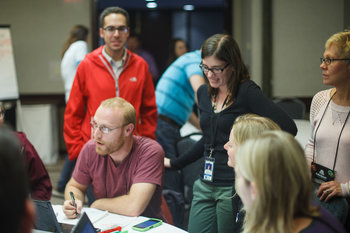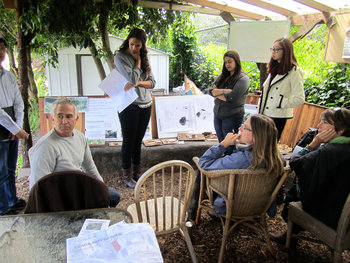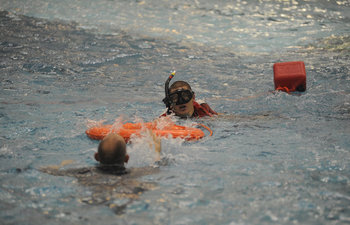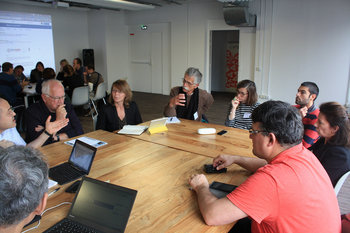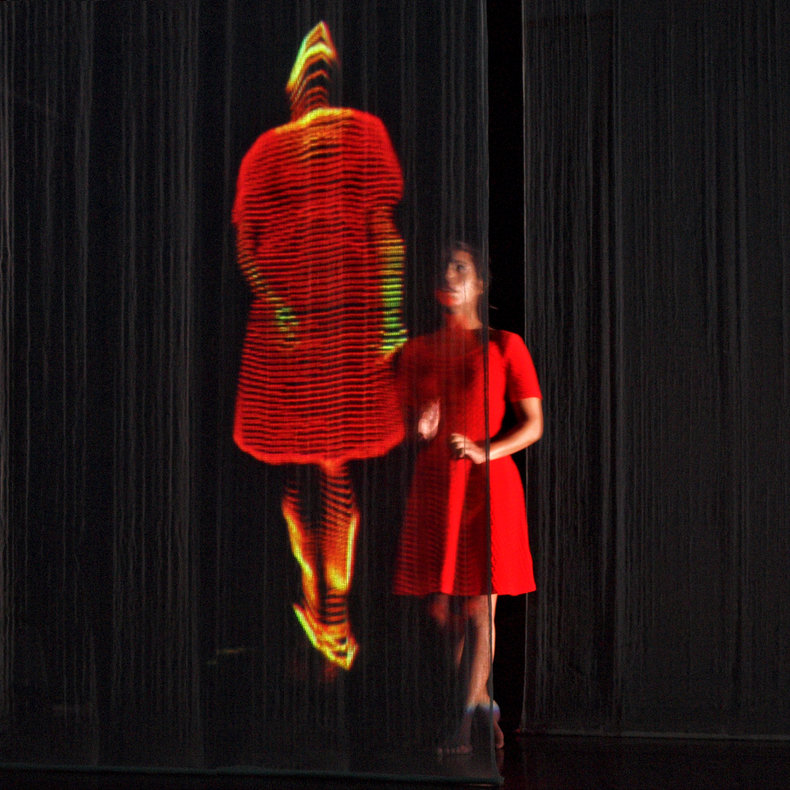
Collecting
The ability to collect things such as virtual goods or elements of gameplay.Curiosity And Discovery
Stoking curiosity by creating a sense that there's much to be discovered.Engagement Curve
Taking care to sustain engagement at all points in the game flow. In other words, avoiding annoyances and interruptions that cause engagement to drop.Game Achievements
Building a sense of achievement by including milestones in the game flow.Aesthetics
Games tend to be visually stunning with aesthetics that invoke emotions or create a sense of well-being and calm.Game Anticipation
Building a sense of anticipation using techniques such as dramatic tension.Game Challenge
In many cases, games adapt to the skill of the player to be slightly challenging to all.Game Characters
Game characters are often highly developed with a history and personality.Game Choice
Providing a large number of choices and paths of gameplay.Game Competition
Instilling a sense of competition between players.Game Cooperation
Allowing players to cooperate with each other.Game Culture
Games often resemble a subculture with their own vocabulary and social conventions. This can help to build a strong sense of community amongst players.Game Fairness
Instilling a sense of fairness by preventing cheating.Game Fortune
Games typically have an element of luck that is balanced with skill driven results.Game Goals
A series of escalating goals.Game Karma
Improving a players luck based on their gameplay. For example, making those who cooperate with others more lucky.Game Levels
Levels are a way to keep gameplay fresh. For example, a new setting, challenge and goals may be associated with a level.Game Rewards
Constantly reward actions. For example, a player may collect points every few seconds during gameplay.Game Rules
All games have rules that constrain play. These are typically learnable within the game itself without any reading. In some cases, minor tips are provided but these can be seen as an interruption and are avoided by many game designers.Game Self Expression
Allowing players to express elements of their personality in the game. For example, many games allow players to customize their character.Game Setting
Providing a setting such as an alternative reality that has a background story.Game Skill
Games typically reward skill and memory. This boosts the replay value of a game as players progressively improve.Game Speed
Games usually simulate real world speeds or faster.Game Statistics
Provide users with extensive game play statistics.Game Surprise
The element of surprise encourages a sense that the game has endless possibilities.Game Time
In many cases, time is used to maintain a sense of urgency.Game Vanity
Appealing to vanity with regular recognition of achievements.Grinding
Grinding is the element of repetition that's found in most games. Games are generally expected to consume all of a player's attention and grinding is busy work in the game that commands attention. It is typically rewarded and is often variable length as users who are seeking rewards or status may grind for longer.Imagination And Oddities
Games are first and foremost a playground for the imagination where the limitations of the real world don't exist.Massively Multiplayer Environments
The social element of gaming is best accomplished with a technique known as Massively Multiplayer Gaming that allows users to engage others who are playing at the same time on a global basis.Mini Games
It is common for a complex game to include smaller games that are independent. These improve the longevity of gameplay.Quests
Quests are a mission within a game that potentially involve cooperation or competition with other players.Role Playing
The chance to play the role of various characters in a game.Status And Envy
Visible status such as a rank that can may cause a sense of envy amongst players.Story And Plot
Games are typically wrapped in a storyline and gameplay often acts as the plot.Unlockable
Status and achievements unlock new things such as abilities and hidden levels.Virtual Economy
Games may include a system of currency and markets. In some cases, such virtual currencies have achieved real world value.Virtual Goods
Games commonly allow players to collect virtual goods that may be traded in a virtual economy.Real World
Games may be integrated with the real world using techniques such as augmented reality.| Overview: Gamification | ||
Type | ||
Definition | The use of game design techniques for non-game applications. | |
Value | Games are generally recognized as more engaging than a typically business application. As such, there is interest in replicating this success in areas such as employee productivity and marketing. | |
Risks | A business has far more constraints than a video game. Gamification strategies consider things such as laws, regulations, ethics and reputation that apply to the real world. | |
Related Concepts | ||
























